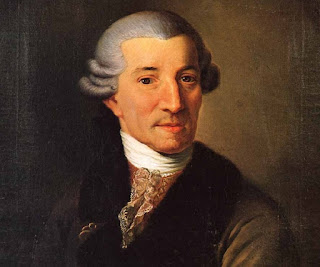Sousaphone
Sousa-what?!
Sousaphone
Contrary to what you might think, Dr. Seuss did NOT create this instrument. If he did, no doubt it would be spelled SEUSSaphone and be a pretty wacky looking instrument, having 4 or 5 bells of the instrument going every which way and featuring a super fun character playing it. (He would probably also write some snazzy lyrics to go with the music, containing the rhymiest of rhymes, naturally). AM I RIGHT or AM I RIGHT?
Did you not think that...? Oh.....
I BET YOU'RE THINKING ABOUT IT NOW. And to you I would say, nay nay!
For starters, let me tell you what a sousaphone is:
the sousaphone is a type of tuba that contains a large, flared adjustable bell, pictured below.
 |
| sousaphone |
The pretty little thing shown above is a brass sousaphone. It is one of the lowest brass instruments. To the plain eye, it looks just like a tuba. Well, technically it IS a tuba, but there is a difference. And a fairly obvious physical difference when one sees them side by side.
Let's clarify:
A tuba is a brass instrument that contains 3-6 brass valves and a broad bell (the bell being the large opening of the instrument) typically facing UPWARDS. .
FUN FACT: it is the BIGGEST instrument in the brass family as well as the LOWEST; and it plays in the bass pitch. It is also one of the LOUDEST, if featured in an orchestra. WOW, what can't this baby do?!
Let's talk about the sousaphone one more time, a little more in depth:
A sousaphone is, as mentioned, a type of tuba, with their wide bell pointing FORWARD, above the player's head. It is said that the sousaphone is easier to play whilst standing, which is why you'll see this bad boy being played in marching bands.
FUN FACT: this instrument was named after composer and bandmaster John Philip Sousa (see, NOT Dr. Seuss). Pictured BELOW↙:
The handsome devil pictured above ↑ was an AMERICAN-BORN composer. He was born in Washington D.C. in 1854 and died in Reading, Pennsylvania in 1932. I know what you're thinking... WHY does this man's name sound SO familiar?? Well, this guy wrote a little song called Stars and Stripes Forever, maybe you've heard of it! Not only did he write this super iconic and super American song, he also fought for our country! #RESPECT
 |
| John Philip Sousa |
(Cue Aretha Franklin!)
Anyway, now you know the difference and a little more about the sousaphone (which you may not have actually known was the sousaphone)! So similar, but oh so different!
BUT, GET THIS, the tuba was named after a man called John Tuba... can someone say COINCIDENCE?
Just kidding, we have Sir Wilhelm Friedrich Wieprecht and Sir Johann Gottfriend Moritz to thank for that instrument! Thanks, gents!
Next tie you're at a football game or an event with a marching band, keep an eye out for the sousaphone! Impress you friends with these awesome FUN FACTS!
Who doesn't love a good fun fact, or two, or three?
You're welcome.
You're welcome.
The more you know!!
Fun facts about Tuba vs. Sousaphone courtesy of:
https://www.differencebetween.com/difference-between-tuba-and-vs-sousaphone/
(how convenient!)
#MyPhil #MichiganPhil #MichiganPhilharmonic #music #classicalmusic #musichistory #sousa #funfact #instrument #justdiscovered #themoreyouknow #getyourphil #classical #musician











